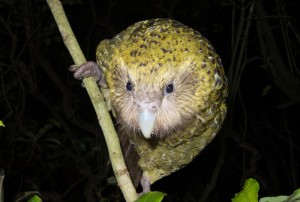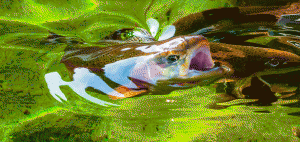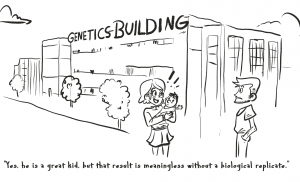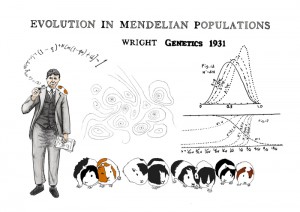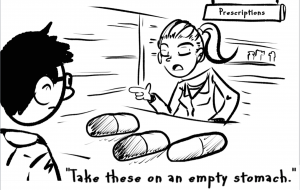Enter your address to receive notifications about new posts to your email.
Featured
-
Featured
Behind the Podium: A brief conversation with TAGC keynote speaker Jennifer Doudna
In preparation for The Allied Genetics Conference (TAGC), set to take place in Orlando this July, Genes to Genomes is getting the inside scoop from many of the outstanding keynote speakers in our “Behind the Podium” series. Here, GSA member Maria Sterrett speaks with Jennifer Doudna, the bacterial immunity researcher who is now famous for her contribution…
-
Featured
Kākāpō 125 Genomes Project: Sequencing an entire species
In 1996, when I started researching the conservation genetics of New Zealand’s critically endangered parrot, the kākāpō (Strigops habroptilus), little was known of the species’ genome. On many occasions after a long day in the molecular lab on the hunt for an elusive gene, I found myself imagining that I had the complete genome of…
-
Featured
Rapture sequencing: fast, low-cost, large-scale genotyping
A fisherman trying to catch rainbow trout (Oncorhynchus mykiss) needs the right tools: proper flies, a strong rod, and a little bit of know-how. A scientist trying to understand the genetic population structure of rainbow trout in the Fall River watershed of northern California also relies on a trusty toolkit – albeit a very different…
-
Featured
Building a career focused on mentoring: An interview with Josh Hall
Most grad students and postdocs struggle with where their training will take them as they complete each phase of their career development. After discussions with individuals in the scientific community, I’ve learned that many successful scientists followed a career path that allows them to work in areas they are truly passionate about. Questioning where we fit…
-
Featured
The family business
Considering my career as a whole, I have had a major role in three hugely creative experiments. It might be instructive to examine the features common to the three. They were all carried out when I was relatively young and my title was assistant professor. They all occurred when I had relatively little funding. Perhaps…
-
Featured
What doesn’t kill you makes your offspring stronger
When a C. elegans nematode starves early in its life cycle, its offspring are more resistant to starvation in the next generation; however, this life-saving inheritance comes at a fitness cost for the worm itself, reveals research published in GENETICS. Jobson et al. investigate the idea that lean experiences during early development cause organisms to…
-
Featured
Behind the Podium: Amita Sehgal, Keynote Speaker at TAGC
In preparation for The Allied Genetics Conference (TAGC), set to take place in Orlando this July, Genes to Genomes is getting the inside scoop from many of the outstanding keynote speakers in our “Behind the Podium” series. In the first of a series of interviews, GSA graduate member Elisabeth Bauerly catches up with Drosophila researcher…
-
Featured
Sewall Wright: Evolving Mendel
In 1931, Sewall Wright—a quiet American geneticist specializing in livestock and guinea pigs—published a GENETICS paper that changed how we study evolution. Wright’s “Evolution in Mendelian populations” was one of the founding documents of population genetics and was among the first formal frameworks to reconcile Mendel’s laws of inheritance with Darwin’s vision of natural selection.…
-
Featured
Science writing internship at Genes to Genomes
Intern with Genes to Genomes! The Genetics Society of America journals, GENETICS and G3: Genes|Genomes|Genetics, seek an intern with a talent for storytelling and a strong background in genetics or a related scientific field. The intern will work closely with editorial staff to write posts for the Genes to Genomes blog and contribute to other writing,…
-
Featured
Policy Points: from the farm to the moon
Following the much appreciated budget increases for scientific agencies in December, science and health advocates alike were ecstatic at the mention of a “cancer moonshot” in President Obama’s final State of the Union Address to the House of Representatives. It is reported that the White House plans to request $755 million for cancer research funding as…
-
Featured
Real nice
A worrisome habit is arising among some American politicians. They don’t like what scientists conclude about some supposedly controversial topic so they try to defund the research. A good example of this tactic is climate change—in recent months, we’ve heard of efforts to limit NASA, EPA, NOAA, and NSF funding for research in geoscience. But…


